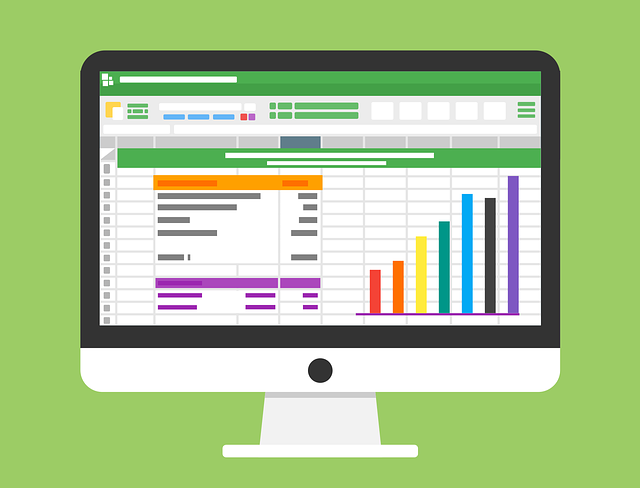
Digital design is a broad concept that includes a wide array of design types. Briefly put, any type of design that’s part of a website or virtual app is considered digital design.
According to some, we can consider digital design as being anything created with the intention to display on a screen.
As we live in a digitized world, chances are that all designers will sooner or later work with digital design. UX designers and graphic artists alike need to stay on top of the news in this industry and familiarize themselves with the basic concepts and the specifics of digital design. If you want a successful career in the design industry, you’ll have to adapt. If you are looking for a graphic design company then see here.
What Are The Main Differences Between Digital And Print Design?
Even though they seem quite similar, there are a few radical differences between digital and print design. Here are a few of the most important things to keep in mind when working on your design projects.
Deliverables Differ
The types of deliverables are different. In digital design, clients may ask you to create banner ads, infographics, web pages, UX wireframes, graphics for pdf white papers and reports, and various website elements such as menu buttons, calls to action, and sidebar widgets.
When it comes to print design, you may have to create leaflets, flyers, brochures, book covers, magazine spreads, business cards, and print ads.
If you’re keen on pursuing a digital designer career, you should consider learning as much as you can about the different types of projects you may have to work on. Such projects may require you to be familiar with industry-standard formats. Banner ads are one of the most representative examples in this area.
Other projects may require a good understanding of how viewers consume digital information. You need to be able to represent data in a way that’s easy to understand for most viewers. The wide range of screen sizes and resolutions can make your task even more difficult, as you’d have to take all of these into consideration when developing your graphics.
Analytics And Digital Design
The role of analytics is probably the most important thing that makes digital design so much different from print.
While tracking the performance of print brochures or flyers can be extremely challenging, if not impossible, measuring the performance of digital ads is simple. There are various parameters that can provide information on the effectiveness of a digital ad, for instance. Such parameters may include page views, time spent on the page, clicks, likes, and shares, among many others.
Working as a digital designer may put this effectiveness burden on your shoulders. Your clients would want you to design graphics that perform in accordance with their expectations. They might even ask you to create several variants of materials, in order for them to use split testing to decide upon their performance.
Interactivity Can Also Make A Difference
Print design isn’t interactive. Once you print a flyer, it doesn’t change. When it comes to digital design, there are many examples of interactive elements. Web pages aren’t static. They need to respond to the actions of the viewers in a consistent and predictable manner. UX designers need to focus on usability, rather than trying to create aesthetically pleasing graphics.
Graphic Designers
By definition, graphic designers work with static images. They may create reports, white papers, infographics, or digital illustrations. Their areas of focus include branding, aesthetics, and readability.